Over the last year, I’ve noticed large insect hotels popping up in botanical gardens and public parks. These structures are designed to host pollinators and other beneficial insects. The ones I’ve seen are quite elaborate—comprised of multiple compartments with a variety of materials. The first insect hotel I saw was located at the Phipps Conservatory and Botanical Gardens in Pittsburgh. It was cleverly labelled the “Insect Inn”. The accompanying signage explained the benefits: “Bug hotels are created using natural materials for the purpose of attracting beneficial insects. Different insects will use this structure for shelter, mating and hibernation. These insects are important for garden health, helping to pollinate many plants while also eating pests.”
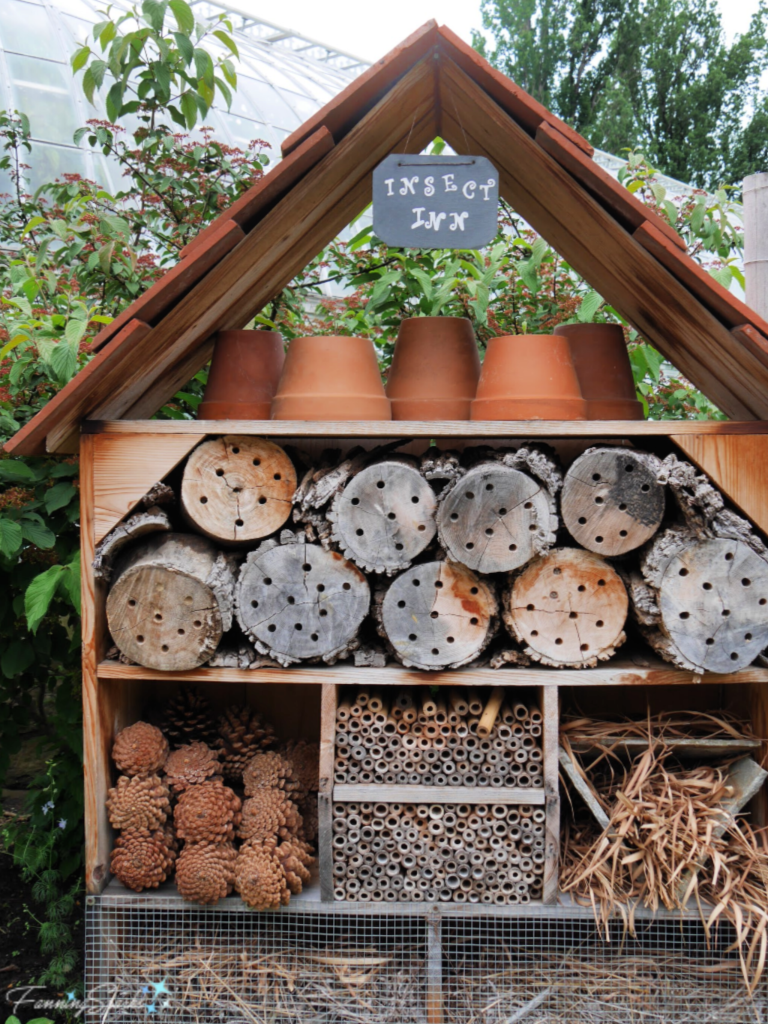
The drilled wood, for instance is targeted for “Solitary bees, like Mason and Carpenter bees, [who] use holes in wood to keep their young safe. They dig in and then partition small compartments in the wood. Here they lay eggs. Their young rest here until they are mature enough to fly and fend for themselves.”
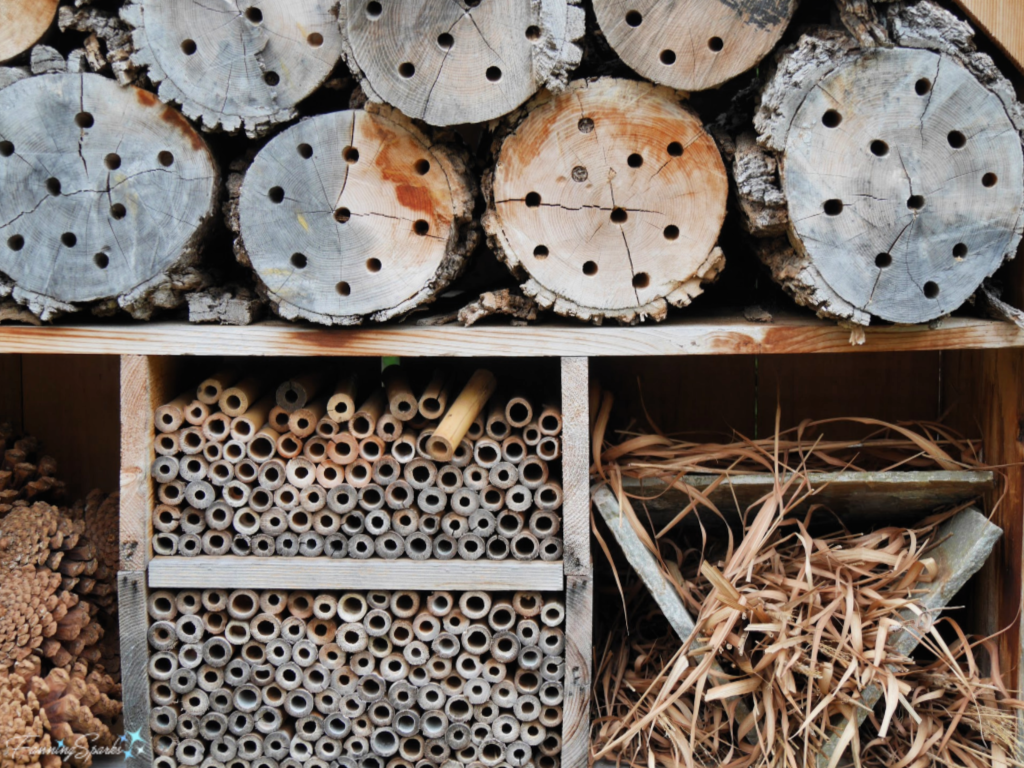
The second insect hotel I saw was at the Retiro Park in Madrid. It has a similar purpose “The “Insect Hotel” is a structure designed to favor the nesting of pollinating insects as well as their winter survival.”
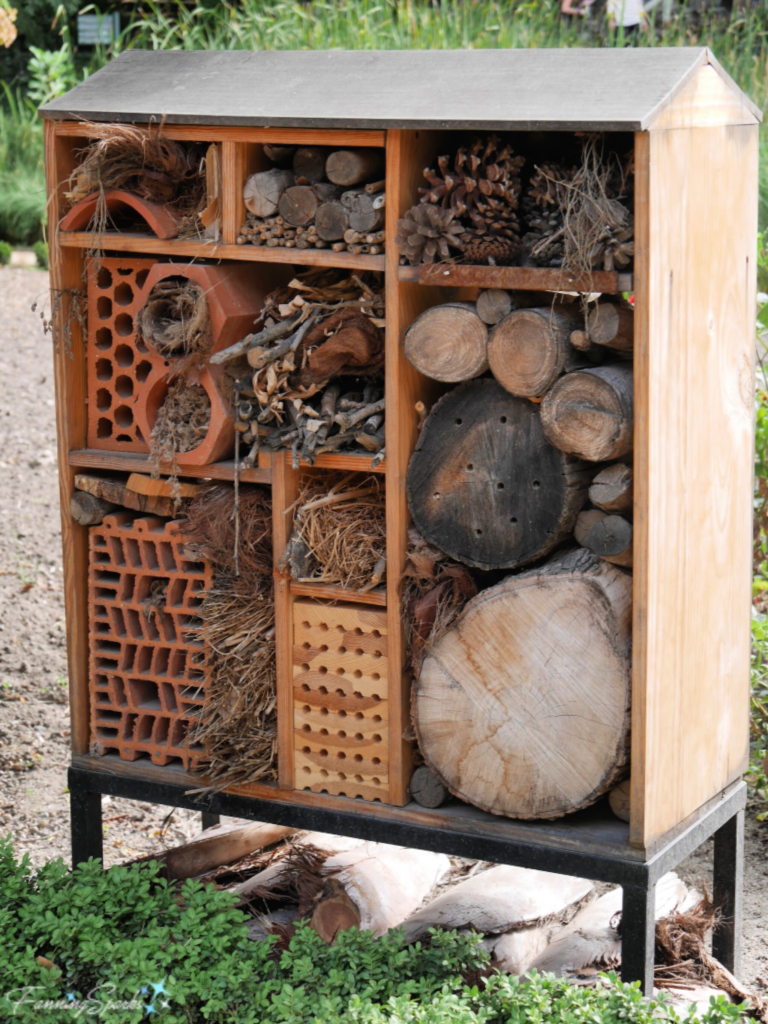
Early this spring, I had the opportunity to attend a presentation, at the State Botanical Garden of Georgia, titled It’s All About Bees by Fred Smith of New Urban Bees. (Thank you, Fred, for a great presentation!) Fred promotes the presence of bees and pollinators in an urban setting. He explained there are numerous varieties of bees. Fred divided garden bees into 3 categories—honeybees, bumble bees and solitary bees—and explained the nesting requirements for each. He demonstrated how to make solitary bee nesting boxes and explained how he’s experimenting with bumble bee nests. He also introduced the idea of small honeybee hives as a realistic alternative for urban settings. His passion for bees was contagious and I soon found myself delving further into the world of bees.
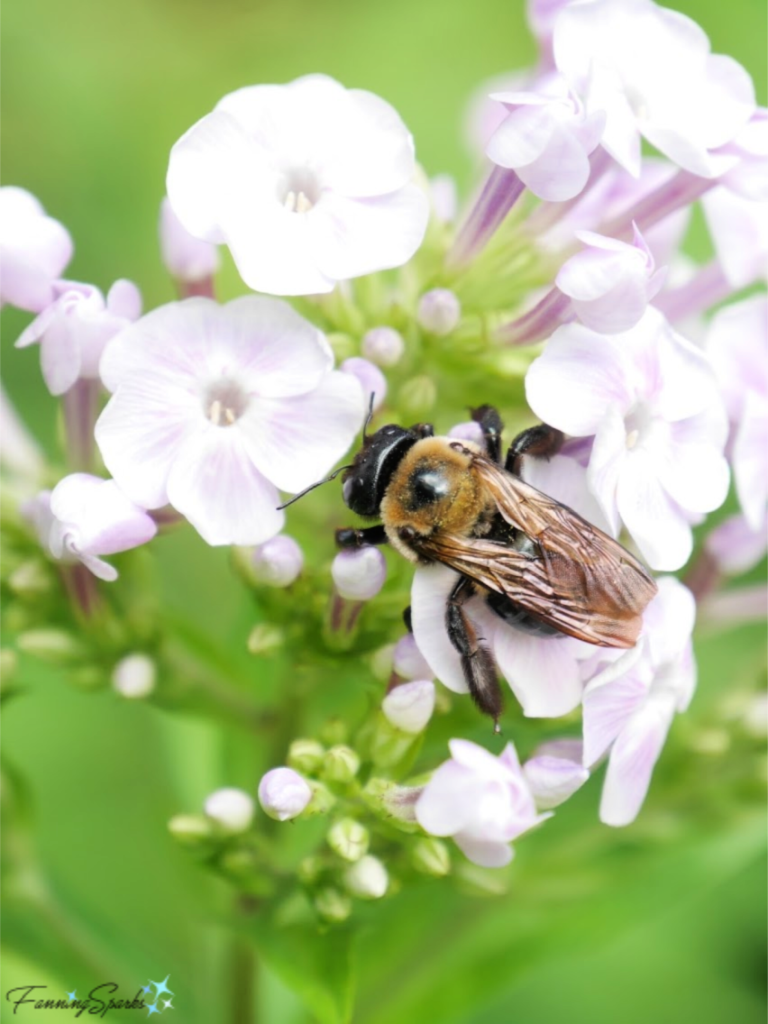
One of the websites Fred recommends is the UGA (University of Georgia) Bee Extension Service (see More Info below). UGA has a graduate-level Honey Bee Program within its College of Agricultural & Environmental Sciences. The program focuses on bee biology, bee management and crop pollination. I learned about the importance of bees and other insects in pollination of plants that are important to humans.
“They pollinate:
. 1/3 of the food you eat.
. approximately 1,000 plants grown for food, beverages, fibers, spices and medicines.
. 75% of all flowering plants.
Most of the fruits and vegetables you find in the grocery store would no longer be available if honey bees and other pollinators were to go extinct.”
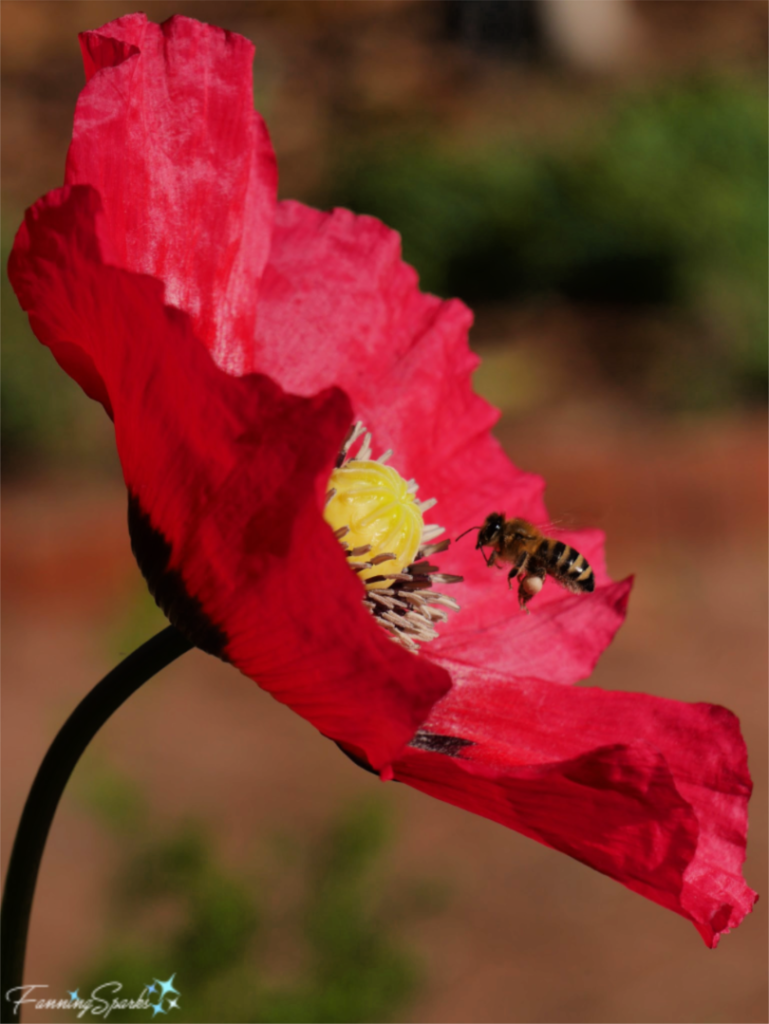
Just as Fred shared with us during his presentation, the UGA website explains there are other pollinating bees besides the honeybee including bumble bees, soil-nesting bees (eg Southeastern blueberry bees), other tunnel-nesting bees (eg bees in the genus Osmia ) and carpenter bees.
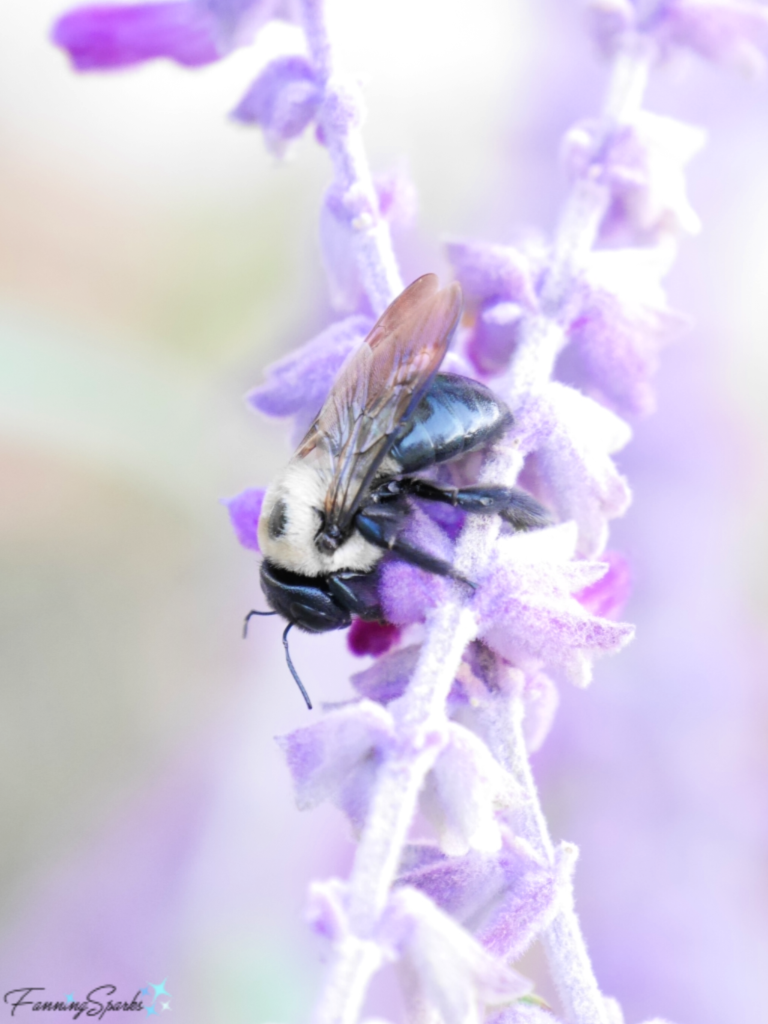
Another website recommended by Fred is Bees of Georgia by the Georgia Gwinnet College (see More Info below). This website strives to make it easy to identify bees and provides clear information for farmers and the general public. I learned there are over 17,000 species of bees in the world with nearly 3,500 bee species in North America alone. I learned appearances differ by size, color, pattern, presence of hair, and presence of pollen baskets while behaviors differ by type of flight, plants associated with and nesting habit.
This got me wondering… could I spot these differences to determine a bee species and be more specific about the bees shown in this post? Here’s a side by side comparison of three of my favorite bee photos. Until now, I simply thought the bee on the camellia (top) was a honeybee and the others (bottom) were bumble bees.

I couldn’t figure it out from the Bees of Georgia website so I turned to the iNaturalist community for help. iNaturalist is a browser-based nature identification application with a network of specialists and enthusiasts helping to identify wildlife. It’s a great way to contribute to “citizen science data for science and conservation“. iNaturalist also has a cool mobile app called Seek which leverages modern technology for more immediate identification. (I raved about this app in a previous post Seek to Identify Wildlife with this Fun App). Within a few hours, the experts weighed in and solved the mystery.

Here’s a screenshot from iNaturalist showing one of my “observations”. I simply uploaded the photo, recorded when and where it was taken, and tagged it as “Bees”.
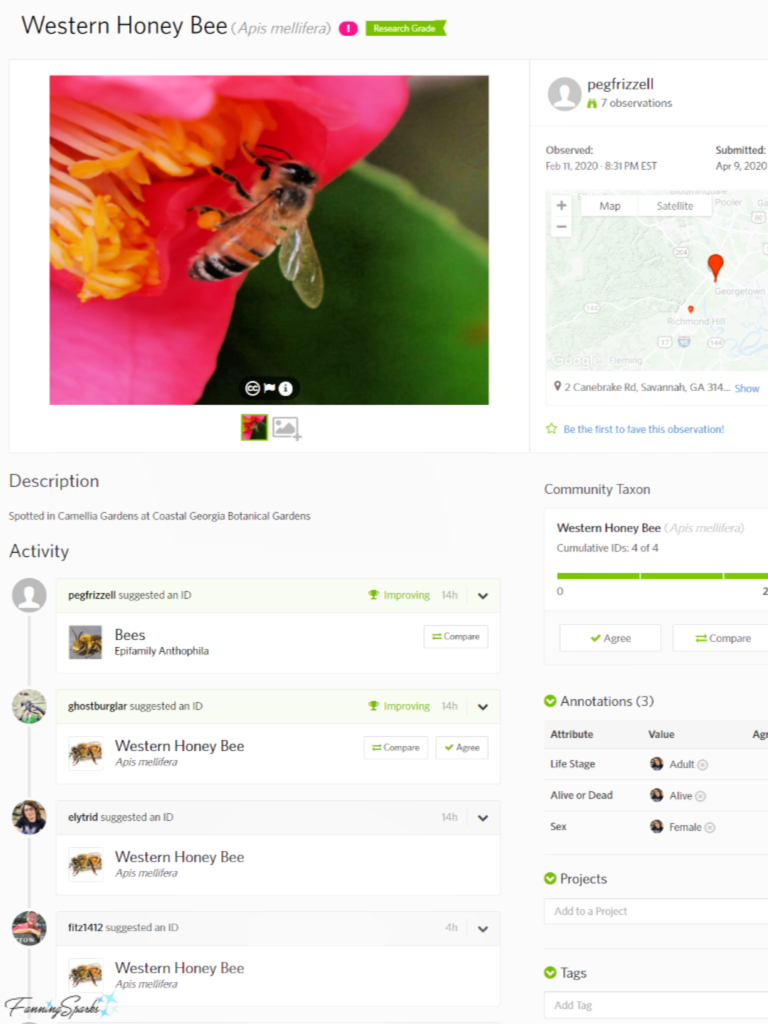
One might wonder why all this matters. The Bees of Georgia website makes it crystal clear: “Reliance on a single insect species, the honeybee, for the pollination of over 1/3 of the human food supply can be dangerous. Indeed, this is especially true considering that honeybee populations are in decline … The best pollination alternative to honeybees is the native bees already present in the local environment.” The UGA website provides this guidance, “In general, bees need nest sites and enough food (from blooming plants) to produce offspring. These facts are the foundation of any bee conservation program.”
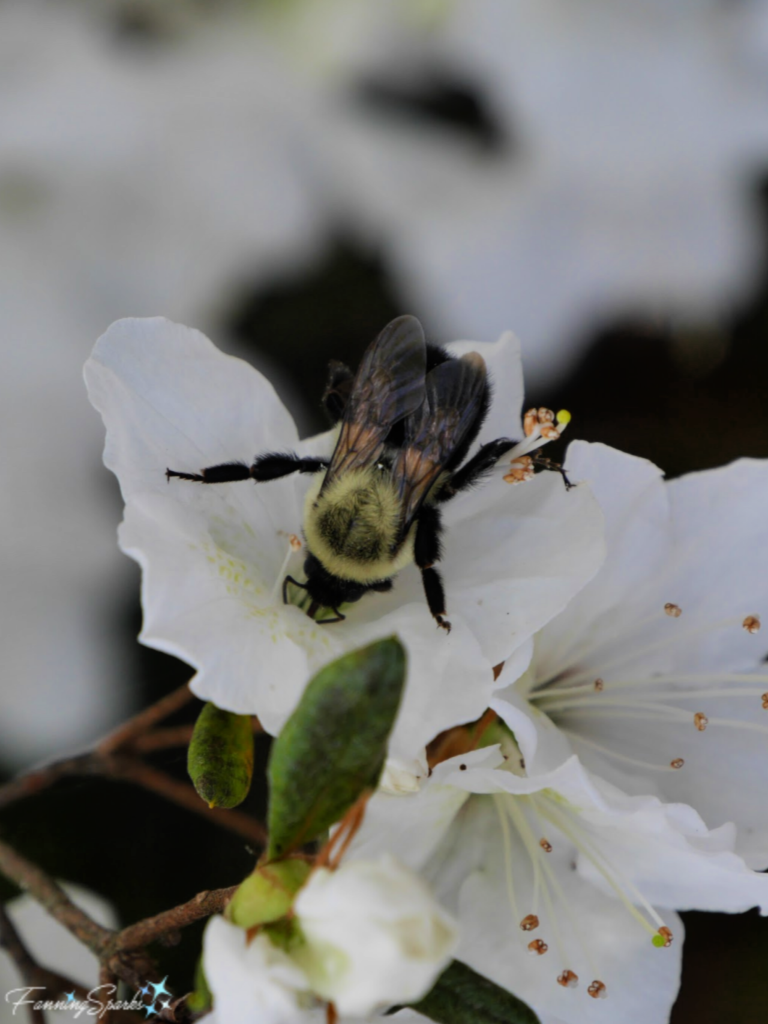
To make it real, I decided to design and build my own insect hotel. I chose to focus on tunnel-nesting native bees using the information I learned from Fred and the UGA website. It’s been a fun project. you can find all the details, including a full tutorial with step-by-step instructions, in the AirBee-n-Bee House DIY Tutorial post.

More Info
Check out the websites for the Phipps Conservatory and Botanical Gardens in Pittsburgh and Retiro Park in Madrid for information about these great gardens.
New Urban Bees is Fred Smith’s website. The University of Georgia, College of Agricultural & Environmental Sciences’ Honey Bee Program website and the Bees of Georgia website are packed with information.
Check out my previous post Seek to Identify Wildlife with this Fun App. To learn more, access the iNaturalist website or find the “Seek by iNaturalist” app on Google Play or the App Store.
Today’s Takeaways
1. Bees and other pollinators play a critical role in the human food supply.
2. iNaturalist is a great resource for identification of wildlife.
3. Consider providing nest sites and blooming plants for bees and other pollinators.


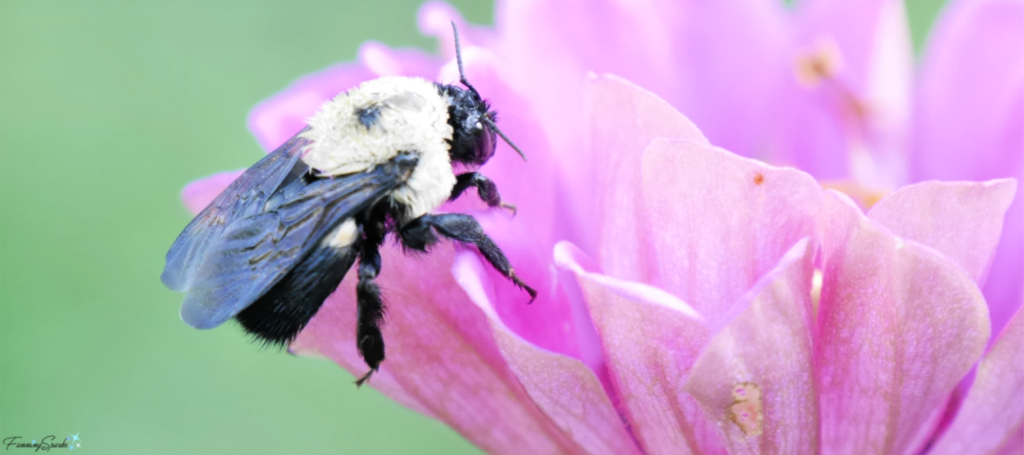


Comments are closed.